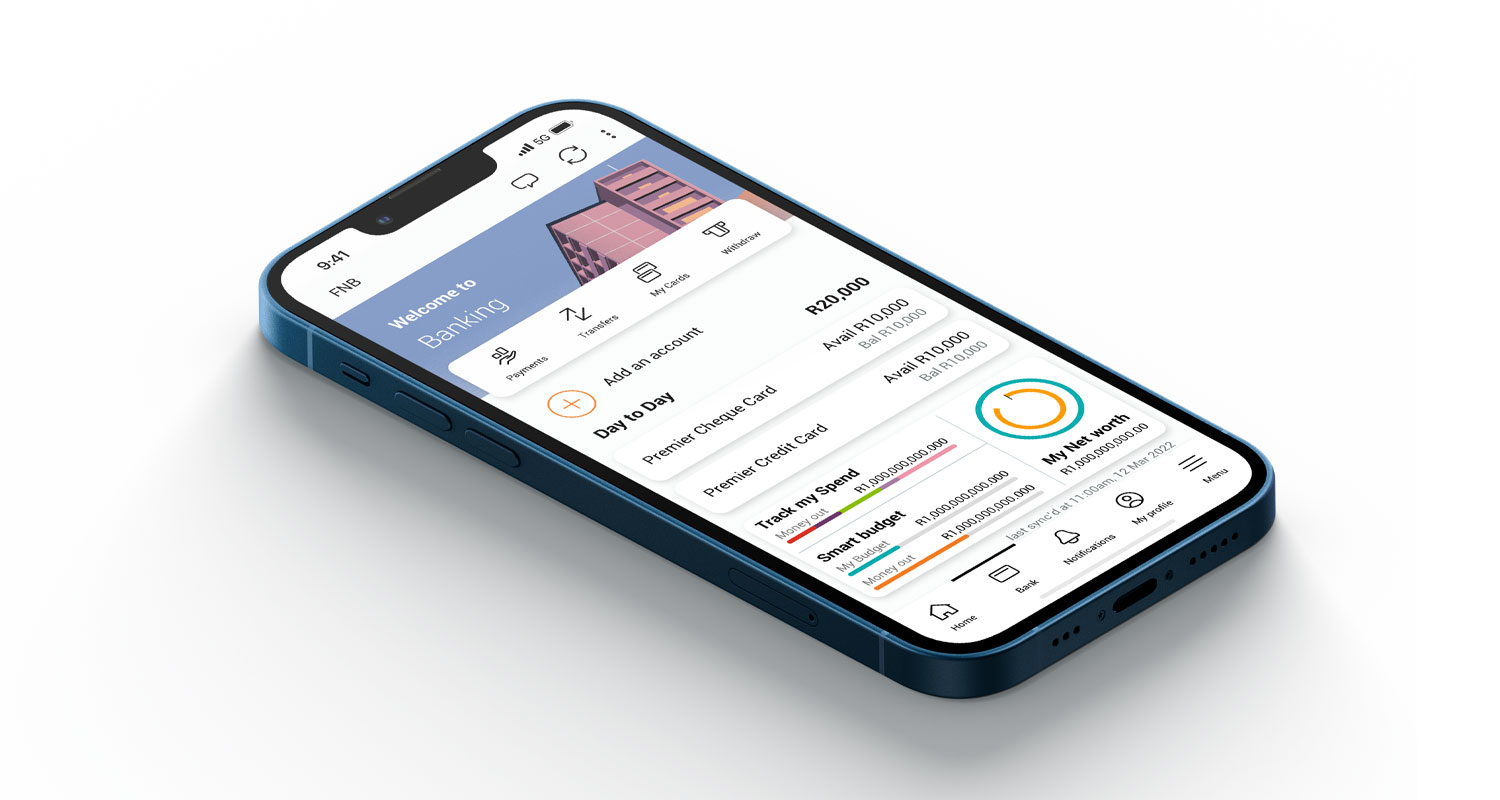A Chromium engineer at Google posted the initial Device Tree (DT) files for being able to boot their latest-generation Pixel 10, Pixel 10 Pro, and Pixel 10 Pro XL devices with the mainline Linux kernel.
Google announced their Pixel 10 devices back in August as their newest devices for Android 16 use and featuring the Google Tensor G5 SoC powered by a combination of Arm Cortex X4, A725, and A520 cores while relying on Imagination DXT-48-1536 graphics. Outside the confines of Google’s Android, out today is the initial Device Trees for being able to boo the Google Pixel 10 / Pixel 10 Pro / Pixel 10 Pro XL devices with these patches proposed for the mainline Linux kernel.
But it’s important to stress that these are very preliminary patches and do not yield a full-featured smartphone. Beyond that, the booting the mainline Linux kernel relies on a “yet-unreleased bootloader”. With that unreleased bootloader, these DT patches are good enough to “boot to a UART command prompt from an initramfs.” Far from being really useful to end-users.
“This series adds barebones device trees for Pixel 10 (frankel), Pixel 10 Pro (blazer), and Pixel 10 Pro XL (mustang). With a yet-unreleased bootloader these can boot to a UART command prompt from an initramfs.
The end result of the device trees introduced in this series is really pretty simple, so it’s expected that most of the discussion in the series will be about compatible strings, file organization, dts/dtso organization, etc.”
Those interested can find the DT patches for the Google Pixel 10 devices via this LKML thread.










